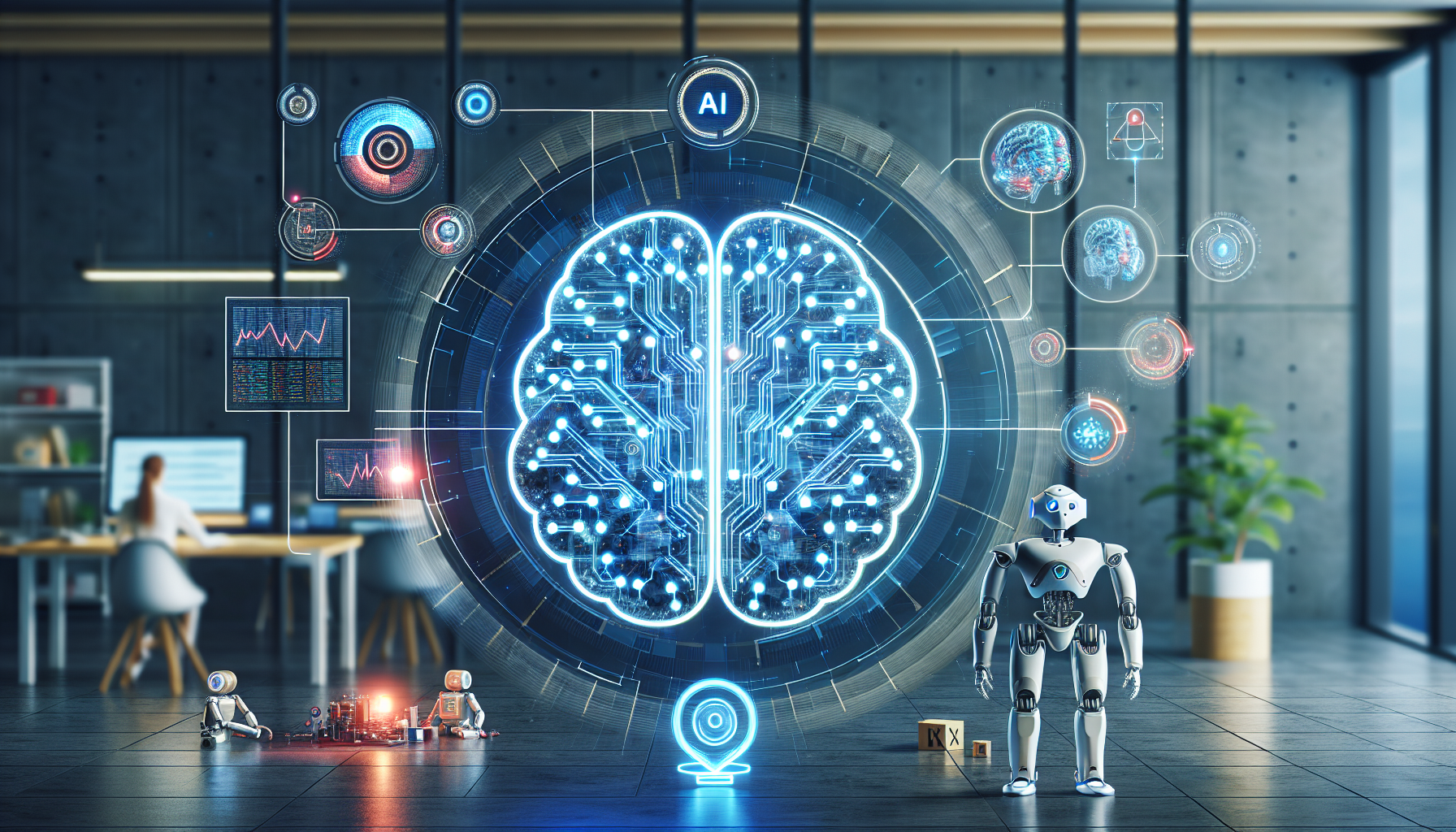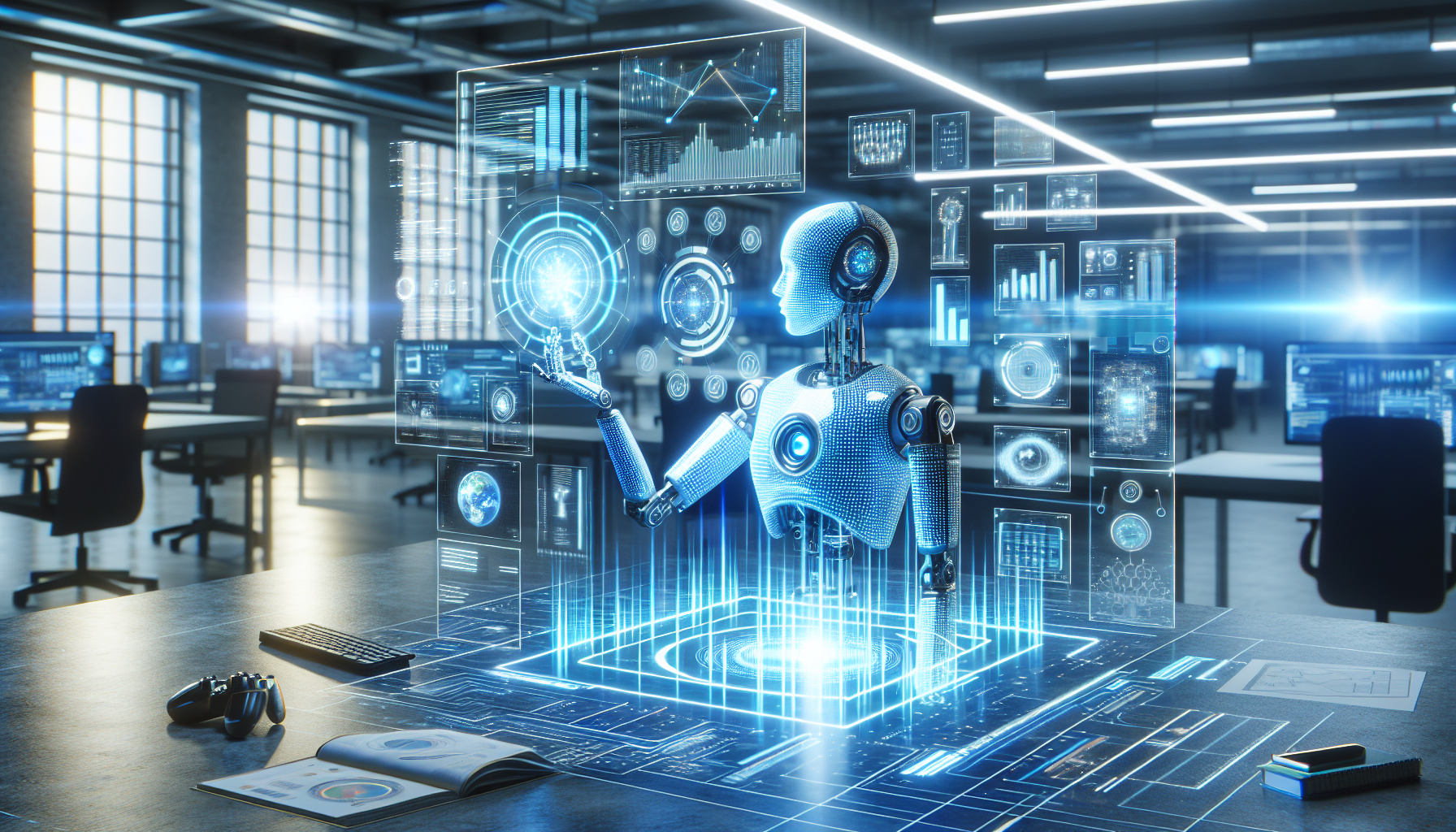
AI in Agriculture: A How-to Guide for Boosting Efficiency and Crop Yields
November 24, 2025
Imagine walking through a vast field, feeling the soil beneath your feet, and knowing that an invisible ally is working tirelessly to ensure that every seed you plant flourishes. This isn't some futuristic fantasy—it's the reality of artificial intelligence in agriculture today. AI is not just about robots and drones; it's about empowering farmers with the tools to make smarter, more efficient decisions. So, how exactly can AI transform your farming practices? Let’s dig into the world of AI in agriculture.
First, think about one of the most pivotal tasks in farming: monitoring crop health. Traditionally, this involves a lot of guesswork and manual checking, but AI has turned this on its head. With AI-powered drones and sensors, farmers can now get a bird's-eye view of their fields. These high-tech helpers can capture detailed images that AI algorithms analyze to detect signs of disease, pest infestations, or water stress. This means you can catch potential problems early, sometimes even before they're visible to the human eye. The result? Healthier crops and higher yields.
But AI's capabilities don't stop there. Have you ever wondered why some areas of your field produce more than others? This is where precision agriculture comes in. By leveraging AI, you can analyze data from satellite images and soil sensors to identify the nuances of your land. AI systems can interpret this data to suggest which areas need more irrigation, where you might need to adjust nutrient levels, or even recommend the best planting patterns. It's like having a personal agronomist at your fingertips, guiding you to make informed decisions that maximize productivity.
Now, let’s talk about one of the most precious commodities in farming: time. AI can help streamline various processes, saving you hours of labor. Take planting, for instance. AI-driven planting machines can operate autonomously, planting seeds at the optimal depth and spacing for maximum growth. These machines can work around the clock, ensuring that you make the most of optimal planting windows without burning the midnight oil yourself.
And don't forget about the harvest. AI not only helps determine the ideal time to harvest based on weather predictions and crop maturity models but can also automate the process. Imagine using AI-equipped harvesters that can navigate fields on their own, picking only the ripe produce. This technology reduces waste and ensures that your produce reaches the market at its peak.
AI also plays a vital role in resource management. Water, being a critical resource, is often used inefficiently in traditional farming. AI systems, however, can analyze weather forecasts, soil moisture levels, and plant requirements to optimize irrigation schedules. This means you can conserve water without sacrificing crop yields. Similarly, AI can help optimize the use of fertilizers and pesticides, ensuring that they're applied precisely when and where they're needed, reducing waste and environmental impact.
Now, you might be wondering about the cost of integrating AI into your farming practices. While the initial investment can be significant, the long-term benefits often outweigh the costs. Increased crop yields, reduced resource waste, and the ability to prevent crop failures can lead to substantial financial gains. Moreover, many AI solutions are becoming more accessible and affordable, even for smaller farms. Plus, some companies offer AI as a service, allowing you to pay for the technology as you use it, rather than making a hefty upfront investment.
So, how do you get started with AI in agriculture? Begin by identifying the areas in your farming operation where AI could have the most impact. Is it in monitoring crop health, optimizing irrigation, or streamlining planting and harvesting? Once you have a clear idea, research the available AI tools and services that cater to those specific needs. Many companies offer trial versions or consultations, allowing you to test the waters before diving in. And remember, the key to successful AI integration is not just the technology itself but also the data you feed into it. High-quality, accurate data is essential for AI systems to function effectively.
As we stand on the cusp of this agricultural revolution, one thing is clear: AI is here to stay, and its potential to enhance farming is immense. But this is just the beginning. How will AI continue to evolve, and what new possibilities will it unlock for agriculture and beyond? The future is ripe with promise, and the seeds of innovation are ready to grow. Are you ready to embrace this change and sow the seeds for a smarter, more efficient agricultural future?


